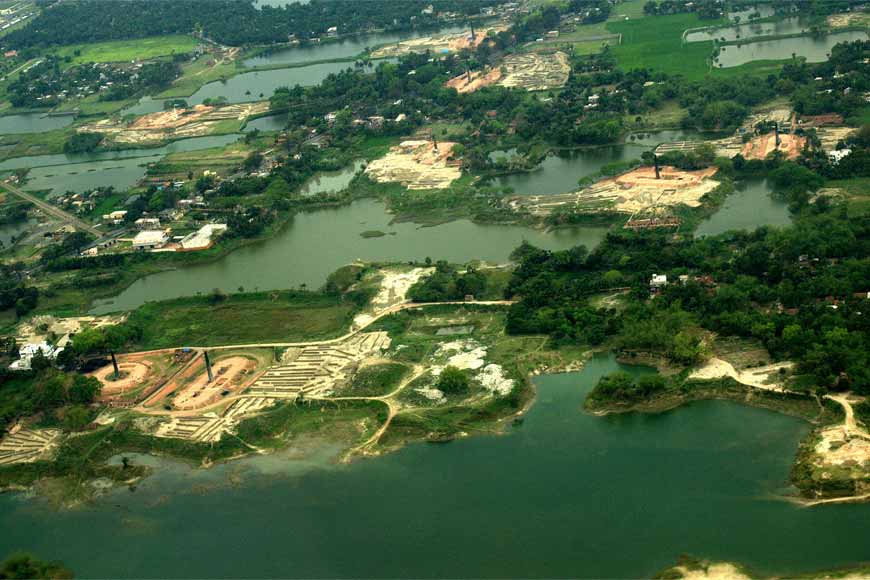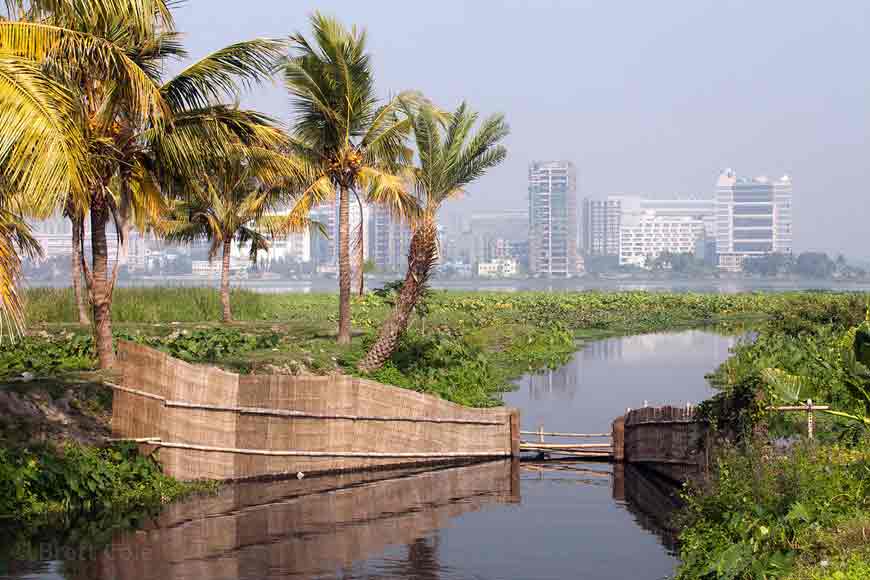West Bengal Government drafts a 120-crore plan to save the East Kolkata Wetlands

The West Bengal Government has drawn up a Rs 120-crore East Kolkata Wetland Management Plan to save the “lungs and kidney” of the city, said Mr. Vivek Kumar, Additional Chief Secretary, Department of Forest and Environment, Government of West Bengal, at a programme organized by West Bengal Pollution Control Board on World Environment Day. The plan, which has been drafted with the help of experts, will be implemented in the next five years.
“It is because of the wetland that we don’t feel water scarcity the way other Indian cities do. It has been recharging ground water of the city, despite daily withdrawal. It naturally purifies the wastewater of the city and discharges it in rivers. Otherwise, we would have had to pay a few thousand crores to treat effluent,” Kumar said.

He pointed out that the plan included encouraging farmers to go organic. “We will ask them not to use chemical fertilizers and pesticides to preserve the rich EKW biodiversity.” Saving EKW has now been a top priority for the state government as this Ramsar site has been threatened largely in the past with illegal constructions and blocking of the wetlands that act as a sewer for the entire city of Kolkata.
Mr.Kumar pointed out that the onslaught of cyclones like Amphaan and Yaas have changed the alignment of Bengal’s coastline. In some places, the sea has eroded into more than 300 metres inland. These are all results of climate change and in order to save Kolkata one needs to take immediate action to preserve the wetlands.
The environment department has also drawn up ‘Shankarpur-Digha Coastal Management Plan’ to reclaim land, strengthen embankments in a sustainable manner. Replicating the success of planting 5 crore mangrove plants in the Sundarbans, the government plans to plant 5 crore mangroves in Digha-Shankarpur and the riverine areas of North 24 Parganas. Kalyan Rudra, Chairman of West Bengal Pollution Control Board, also mentioned how rampant and illegal construction in the Wetlands that was to be protected, led to decline in the outlet of the city, causing waterlogging at the slightest of rains.

The EKW nurtures the world’s largest wastewater fed aqua culture system. Sewerage that is sent to the wetlands are subjected to solar purification followed by natural oxidation by which the water become conducive for algal and plankton growth which are the primary feed of fishes. The goods and services provided by the EKW include, in addition to fisheries, a very cheap, efficient and eco-friendly system of solid waste and sewer treatment system for the city of Kolkata, habitat for waterfowl and home for a large number of flora and fauna. On 19th August, 2002 the EKW was included in the Ramsar list of ‘Wetlands of International Importance’. However, because of increasing pressure of urbanization, change in the quality and quantity of the solid waste and sewer, as also human neglect, this site is under threat from various directions. Now the state government has taken up this serious issue and acts as its protector.
Cover Image Courtesy : https://nagarikmancha.org/east-kolkata-wetlands/










